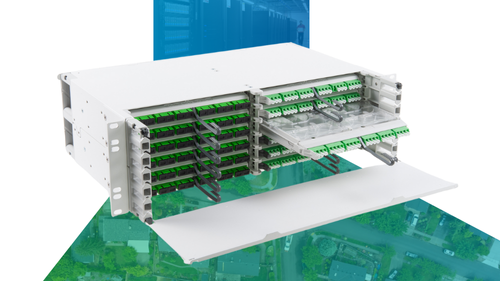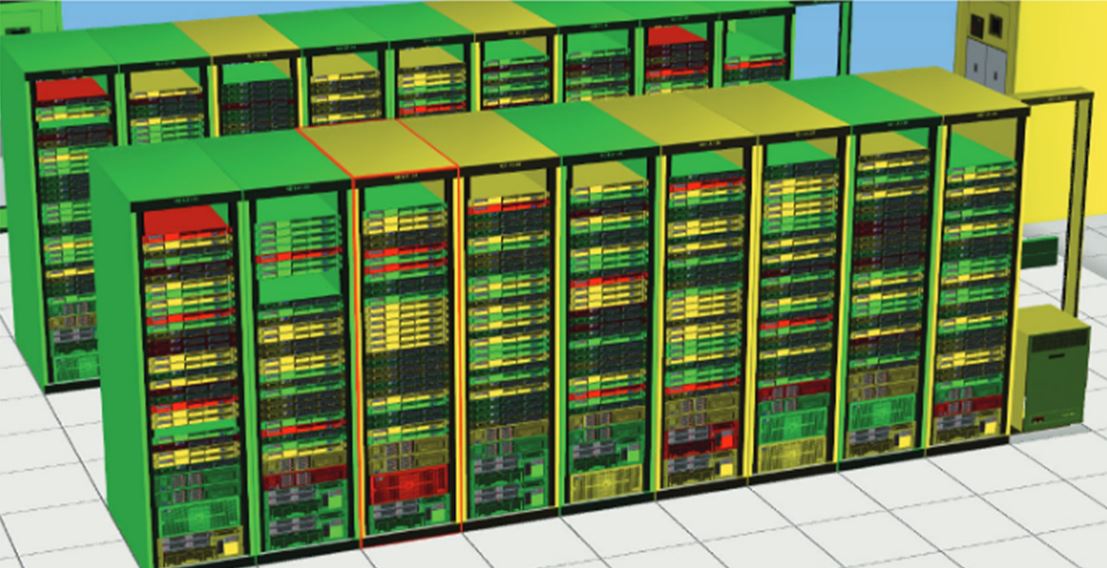 The future of broadband networks is 10G. But the most exciting developments of 2020 will be real-world improvements to speed, capacity, and efficiency coming to networks around the world.
The future of broadband networks is 10G. But the most exciting developments of 2020 will be real-world improvements to speed, capacity, and efficiency coming to networks around the world.
This year saw the beginnings of multi-gigabit speeds, network virtualization and automation, and software-defined networks that push computing ever closer to the premises. These offer great promise for tomorrow’s smart home services, smart cities, enterprise networks, and more.
In 2020, four key trends will move us closer to those goals while making meaningful improvements in the way that operators manage their networks and consumers experience broadband.
DOCSIS 3.1 Momentum
We’re at a tipping point with DOCSIS 3.1 (D3.1). In particular, we’re seeing enough global mainstream deployment of D3.1 modems that it’s creating an effective value proposition for reciprocal network upgrades among many operators.
What’s exciting about the coming year is that this growth in D3.1 modems arrives in tandem with economies of scale driving down the price of D3.1 network upgrades. The result: Deployments are really heating up, especially in North America and Europe, which have high penetration rates of D3.1 modems. Current compound annual growth rates of nearly 20% in the upstream and 40% in the downstream mean we’re at the point where both can benefit significantly from D3.1. This is the foundation for the really exciting consumer experiences that everyone’s talking about around CES (e.g. VR, AI, etc.).
The biggest implication for next year is the boost to upstream bandwidth capacity. The upstream has become increasingly relevant amidst the growth in IoT and Smart Homes (think: smart video cameras, video doorbells, etc.). Bigger is always the future. And to address that demand, providers will initially deploy D3.1 across OFMDA channels and the upstream. Later, we’ll have spectrum splits in the 85Mhz and 204Mhz bands. And finally, we’ll move to next-generation technologies like Extended Spectrum DOCSIS and Full-Duplex DOCSIS.
Intelligent and Automated Networks
One of the biggest pieces of feedback we hear from global tier 1 operators is the need for better tools to monitor and diagnose issues in the network and address them before they impact service quality. By creating a feedback loop that both proactively measures and steers around problems, we can achieve much smarter networks that deliver very reliable services. It’s all about the quality of the consumer experience.
This underscores the opportunity to improve customer loyalty, reduce the cost of operating the network, more accurately plan capacity, and make more informed decisions about network evolution (like when to do node splits or make infrastructure purchases). We can improve the entire logistics of operation. And for consumers, it’s clearly reflected in better performance and fewer outages.
This area is still in its infancy, but it has the potential to fundamentally change the way that operators manage and design their networks. For example, there’s a goldmine of information available in the CCAP about customers’ quality of experience. At CommScope, we’re leveraging the data we have here to refine solutions and deliver meaningful data and analytics—giving artificial intelligence and machine learning processes the foundation for informed operation. We weren’t the first to do it, but we’re the best.
Virtualization Adoption
Virtualization has gotten a lot of attention lately—because with open APIs, a regular flow of information to the back office, and more distributed processing, operators can take advantage of Moore’s Law improvements in servers and more quickly and efficiently respond to demand.
We’ll see many operators turn on network virtualization next year. There are already a number of trials and deployments taking place and new systems coming online every month. What’s becoming increasingly important in their decision making is how to parse through the broad crop of open source codebases and organizations, especially integration into existing network infrastructure. This puts a much greater emphasis on partnering with well-informed, reliable vendor teams with access to solutions based on field-hardened code.
CommScope, for example, has finely-tuned solutions across a broad portfolio that leverages the code we’ve been validating for over 20 years. This puts us in a unique position to offer virtualized solutions for operators: By many comparisons, we’re several years ahead when comparing the maturity level of products. We can offer solid, stable performance where others can’t, simply because we have intimate knowledge of the service provider networking space, and we’ve been field testing solutions around the globe for longer than anyone else.
The progression of virtualization has followed a fairly intuitive path so far. We’ve seen network management tools virtualized to a large extent—which makes sense, considering how they’re layered onto existing investments. Today, we’re actively virtualizing components of video delivery, offloading a lot of the processing to the cloud. And next year, we’re going to see the steady growth of DOCSIS virtualization in both Core and MAC Core RPD deployments.
For leading MSOs looking to bring these capabilities into their network, choosing a single vendor with the expertise and solution set to carry out the deployment is crucial to success. Later on, down the line, they’ll have a greater ability to mix and match solutions across vendors as the quality and reliability of interop solutions continue to improve.
Distributed Access Architecture Shake Out
2020 is going to be a good year for Distributed Access Architectures (DAA).
Many operators have chosen to move forward with DAA, and now they’re picking their approach. We’ll see both Remote-PHY Devices (RPD) and Remote MAC-PHY Devices (RMD) rolling out with lead operators. But we’re seeing service providers split between both camps, and will continue to see this for some time as the networks shake out.
At the moment, the largest considerations for service providers are simplicity, latency, and processing requirements. At its core, RMD represents a simpler, lower latency solution, while RPD has the advantage of leveraging existing resources in the headend for mac processing, keeping nodes simpler and with lower power budgets.
On the Passive Optical Networks (PON) side of things, we’re actively deploying Remote Optical Line Terminals (R-OLT), which is pushing processing closer to the customer edge. This kind of distributed architecture is a key component of network evolution that is creating the foundation for tomorrow. All this is leading to symmetrical multi-gig services.
The future is fast and connected, and 2020 will be an exciting year to see many talked-about technologies finally make it to leading networks around the world.














